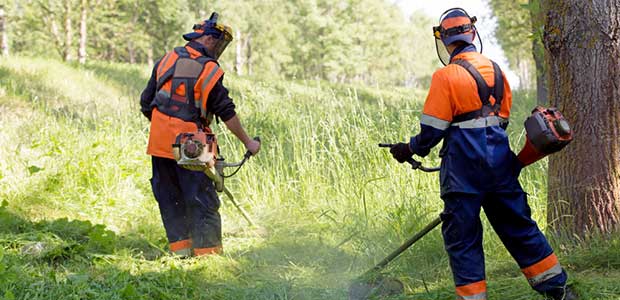
New Study Shows Prevalence of Hearing Loss in Services Sector
New research from the National Institute for Occupational Safety and Health illustrates the increased risk of hearing loss among noise-exposed workers in the service sector.
New research from the National Institute for Occupational Safety and Health illustrates the increased risk of hearing loss among noise-exposed workers in the service sector.
According to a new update, researchers examined audiograms for 1.9 million noise-exposed workers across all industries, including audiograms for more than 150,000 workers in the service sector, which includes workers in services like security and surveillance; educational training; entertainment and recreation; accommodations and food service; machinery repairing; dry cleaning and laundry; and landscaping. The main findings included:
- The prevalence of hearing loss within Services was 17 percent, very close to the prevalence of all industries combined (16 percent).
- However, many sub-sectors greatly exceeded the overall prevalence by large percentages (10 to 33 percent higher), and many had high risks for hearing loss.
- Workers in Administration of Urban Planning and Community and Rural Development had the highest prevalence (50 percent), and workers in Solid Waste Combustors and Incinerators had more than double the risk, the highest of any sub-sector.
- Some sub-sectors traditionally viewed as ‘low-risk’ also had higher than expected prevalences and/or risks, such as professional and technical services and schools. For example, Custom Computer Programming Services, and Elementary and Secondary Schools, had prevalences 35 percent and 26 percent, respectively.
In conclusion, the researchers found that large numbers of workers within Services have an elevated risk of hearing loss and need immediate hearing conservation efforts. Additional research and surveillance are needed for sub-sectors for which there is low awareness of hearing hazards or a lack of hearing data. It is very important to identify the at-risk workers in these sub-sectors and protect their hearing, with the help of targeted interventions.
Occupational hearing loss is preventable. For general occupational hearing loss prevention, NIOSH recommends removing or reducing noise at the source using the hierarchy of controls and when noise cannot be reduced to safe levels, implementing an effective hearing conservation program.
For more information on occupational hearing loss surveillance, including industry sector-specific statistics on hearing loss, tinnitus, noise exposure, and other information, please visit the Occupational Hearing Loss Surveillance webpage.